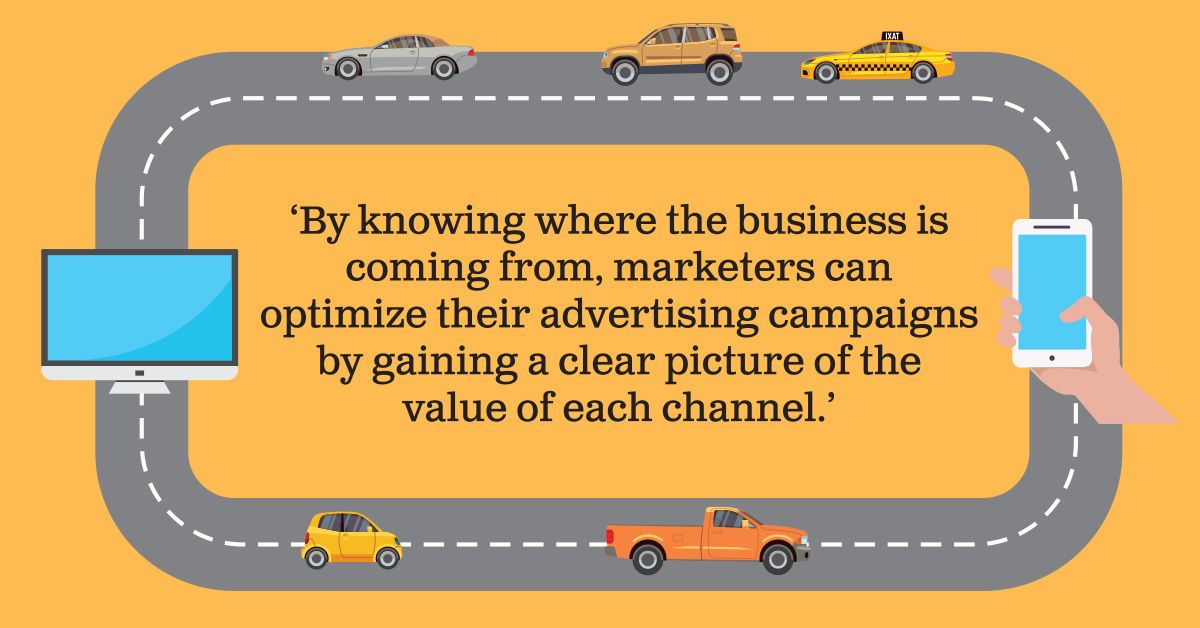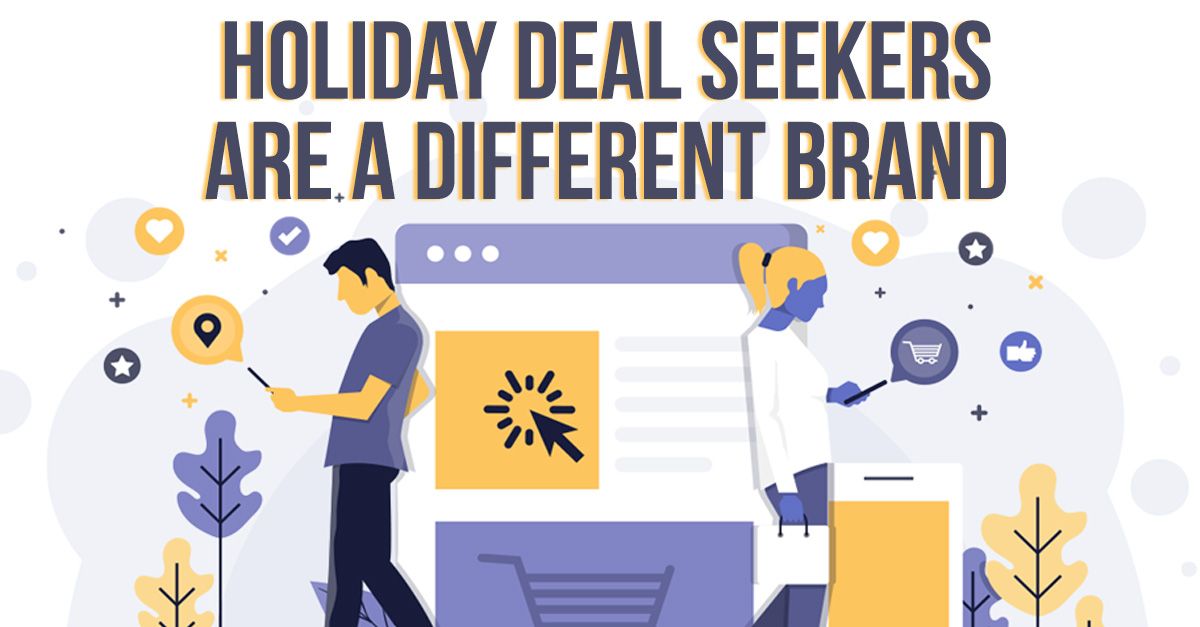
In any business, the goal is to continually monitor and improve the numbers. But, in order for that to happen, you must gain a true understanding of which components of your marketing platform are successful, and which ones are not, otherwise you will be spending ad dollars ineffectively. To quote US Store Merchant, John Wanamaker, “Half the money I spend on advertising is wasted; the trouble is, I don’t know which half!”
An examination in the auto industry is revelatory regarding effective adspend vs ineffective adspend. In 2017, there were approximately 6.3 million family vehicles purchased by customers here in the United States. But, despite these high numbers, the year’s sales figures were rather flat, according to PlaceIQ’s 2017 Auto Report. Among both the domestic and imported non-luxury dealers, Lincoln experienced a 2.6 % increase, giving it the biggest share-of-visit increase year-over-year. So, what did Lincoln do to initiate this uplift in traffic?
It all boils down to your online and offline performance, and that is where attribution comes in. Attribution is the key that opens the door to a clear understanding of how your programmatic campaign is performing. Results can be yielded over several marketing channels through the use of programmatic search advertising. In addition, it remains pertinent throughout the lifecycle of the customer. For this reason, it’s important to track the value of programmatic ads across the entire customer journey.

Upon close examination of the dealerships’ share-of-visit data, it was determined which car brands had the highest number of overall visits, as well as which brand was most efficient in the area of foot traffic. The only thing that share-of-visit data really reveals is how each brand’s overall foot traffic performed. The average efficiency, however, can reveal which location had the highest number of visitors-per-location.
Regarding the end-of-month visitation numbers, luxury brand BMW scored the highest share-of-visit increase (3.9%), with Acura coming in second (3.8%) and Volvo being a close third placer (3.7%). As far as the highest share-of-visits among the non-luxury dealers, the top performers were domestic brands Chevrolet, Ford, Dodge and Chrysler, which saw increases of visitation share at 19, 16.4, 9.4 and 7.8% (respectively). Scoring the highest efficiency among the group were Toyota, Honda, Lincoln and Nissan.
Looking at both luxury and non-luxury in the domestic category, the smallest lift in visit share were Lincoln with 7.3% and Cadillac at 7.0%. The foreign non-luxury brands that took the highest honors when it came to share-of-visits are Toyota, Honda, Nissan and Kia.
The non-luxury car dealerships were found to be more efficient, and have an average of 39% more visitors-per-location than the luxury dealerships.

Attribution, as it pertains to digital marketing, is necessary in order to account for all aspects of the sales funnel; from the top to the bottom, consumers will see multiple touchpoints on not just one screen, but on all channels. By knowing where the business is coming from, marketers can optimize their advertising campaigns by gaining a clear picture of the value of each channel.
At the end of the day, marketers in the auto industry, as well as all other industries, must utilize effective marketing strategies and an advanced programmatic presence to attract the right crowd to the right product. Without this, they may as well throw their ad dollars out the window—the car window, to be exact!



